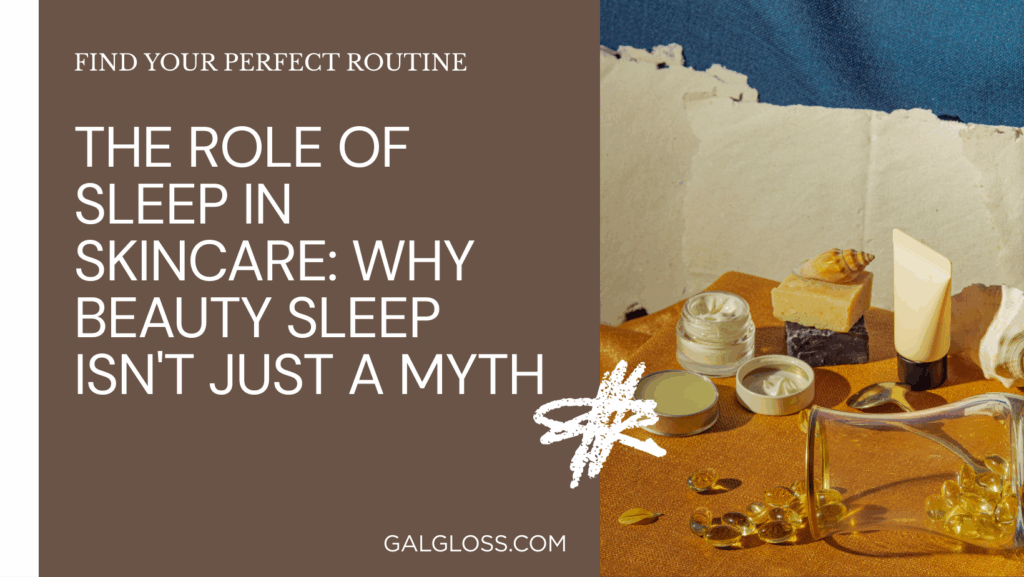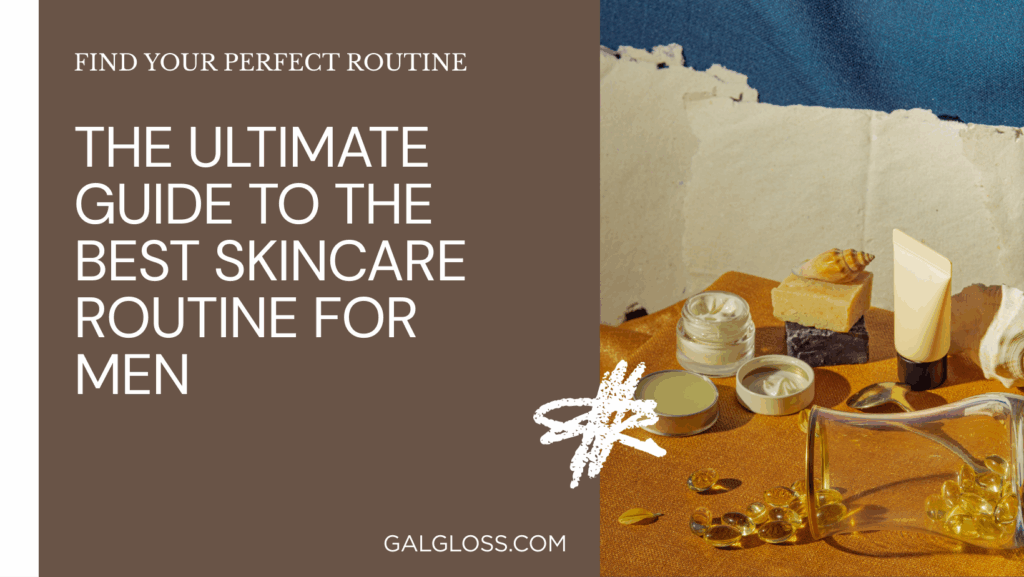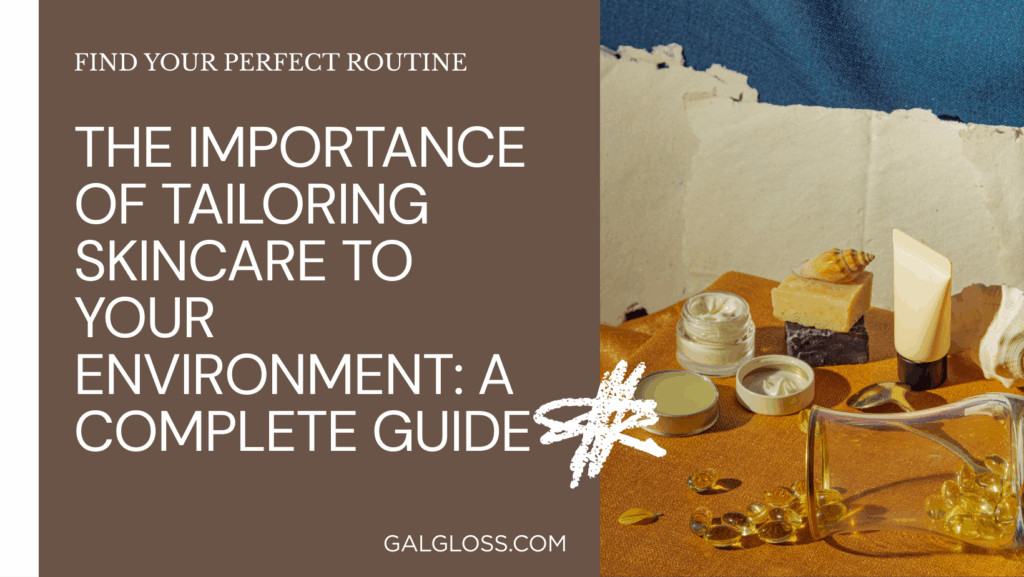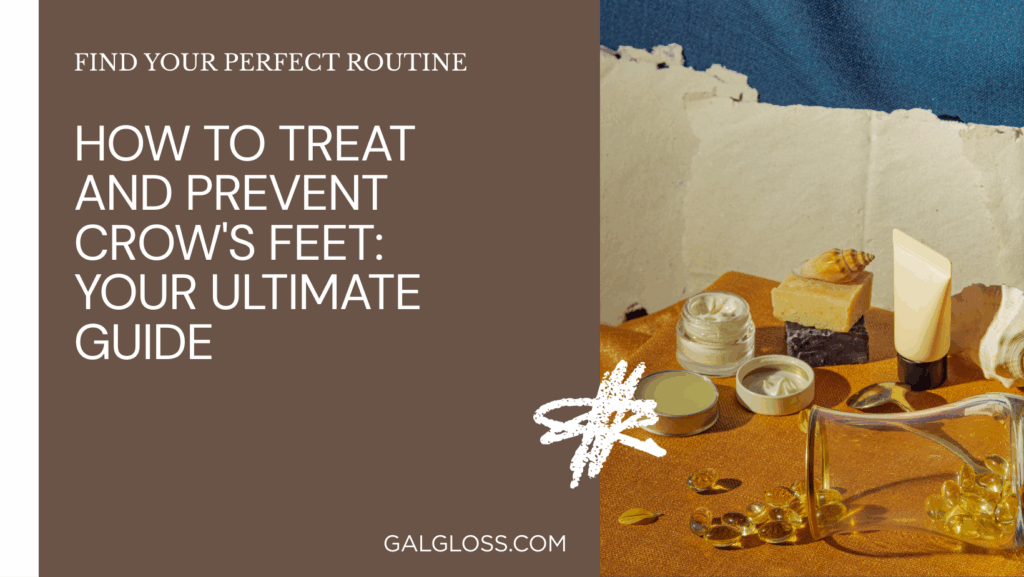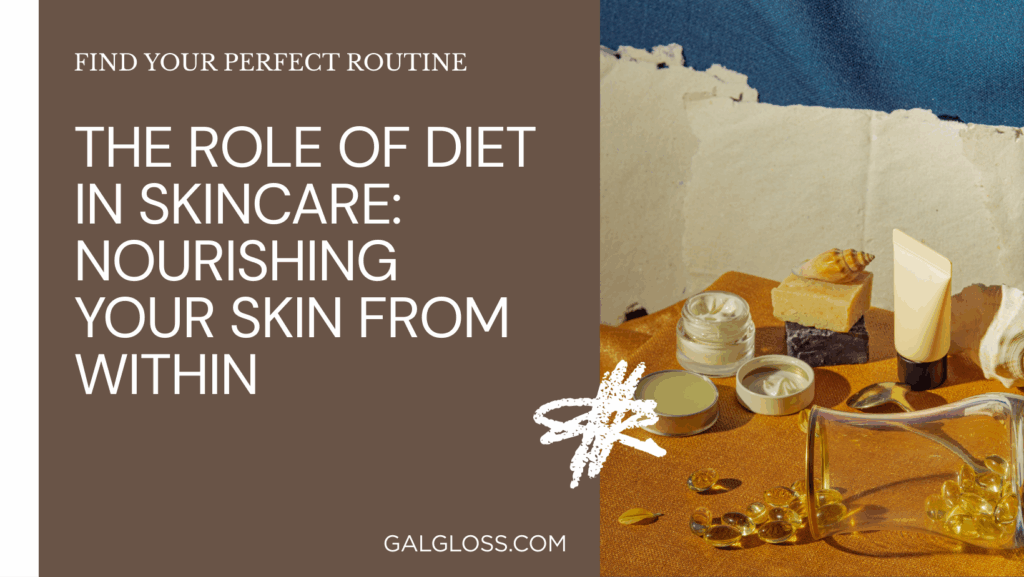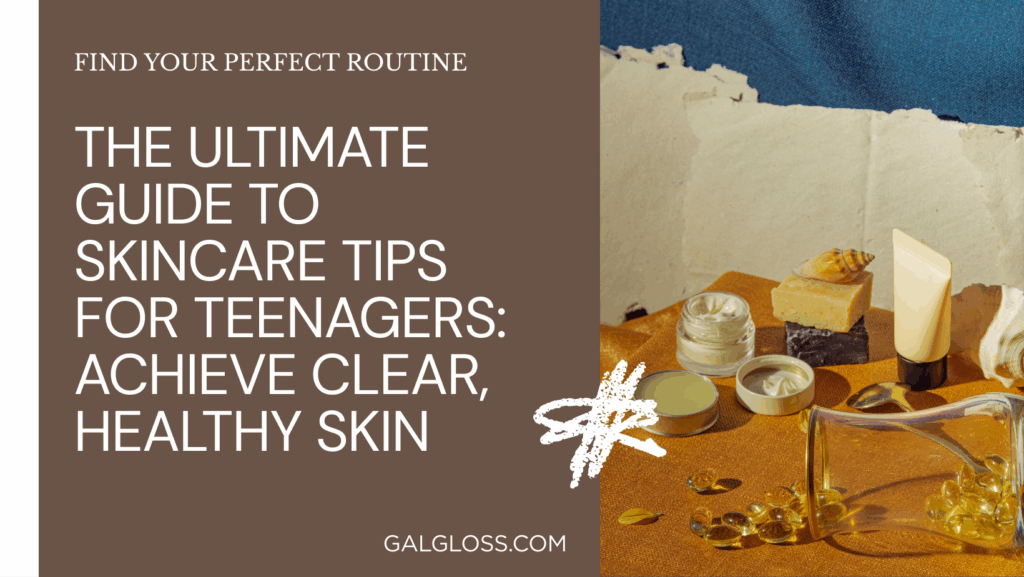Ever wondered why beauty gurus and dermatologists won’t stop harping about SPF? Well, buckle up, because we’re about to dive into the world of sun protection and why it’s the unsung hero of your skincare routine.
Introduction
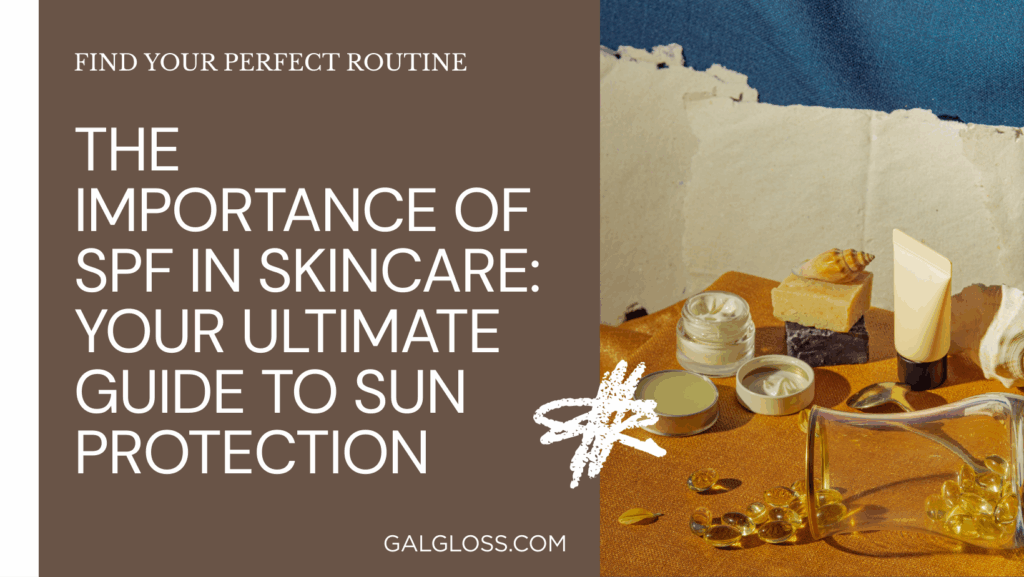
Picture this: You’re enjoying a beautiful sunny day, feeling the warmth on your skin. But did you know that those pleasant rays could be your skin’s worst enemy? That’s where SPF comes in – your skin’s personal bodyguard against the sun’s harmful effects.
But what exactly is SPF? SPF stands for Sun Protection Factor, and it’s your first line of defence against the sun’s ultraviolet (UV) rays. Think of it as a shield that bounces those pesky rays away from your precious skin.
Now, you might be thinking, “Why all the fuss about sun protection?” Well, let me tell you – it’s not just about avoiding a painful sunburn (though that’s certainly a plus). Proper sun protection is crucial for maintaining healthy, youthful-looking skin and, more importantly, reducing your risk of skin cancer.
The Science Behind SPF
Let’s break it down, shall we? Sunscreen works by creating a protective barrier on your skin. This barrier either reflects or absorbs UV rays before they can damage your skin cells. It’s like having a tiny army of light-fighting soldiers on your face!
But not all UV rays are created equal. There are two main types we need to worry about:
- UVA rays: These sneaky fellows penetrate deep into your skin, causing premature ageing and wrinkles. They’re the reason why that sun-worshipping aunt looks older than her years.
- UVB rays: These are the troublemakers responsible for sunburns and play a major role in skin cancer development.
A good sunscreen should protect you from both. That’s why you’ll often see the term “broad-spectrum” on sunscreen labels – it means you’re getting protection from both UVA and UVB rays.
Benefits of Using SPF Daily
Now that we’ve got the science down, let’s talk about why you should make SPF your new BFF. Here are the top reasons to slather on that sunscreen every single day:
- Prevents premature ageing: Want to keep those fine lines and wrinkles at bay? SPF is your secret weapon. It helps protect your skin’s collagen and elastin, keeping it firm and youthful.
- Reduces risk of skin cancer: This is the biggie. Regular use of SPF significantly lowers your risk of developing skin cancer, including melanoma, the most dangerous type.
- Maintains even skin tone: Say goodbye to sunspots and hyperpigmentation. SPF helps prevent the sun from triggering excess melanin production, keeping your skin tone even and radiant.
- Protects against sunburn: Nobody likes the pain, peeling, and embarrassment of a bad sunburn. SPF is your ticket to comfortable, happy skin.
Choosing the Right SPF
Alright, you’re convinced. But with so many options out there, how do you choose the right SPF? Let’s break it down:
What SPF number do you need?
The SPF number tells you how much longer it takes for your skin to burn with the product on compared to bare skin. For daily use, most dermatologists recommend at least SPF 30. If you’re spending a lot of time outdoors, bump it up to SPF 50 or higher.
Physical vs. chemical sunscreens
There are two main types of sunscreens:
- Physical (mineral) sunscreens: These contain ingredients like zinc oxide or titanium dioxide. They sit on top of your skin and reflect UV rays. They’re great for sensitive skin but can leave a white cast.
- Chemical sunscreens: These absorb into your skin and convert UV rays into heat. They’re usually more cosmetically elegant but can irritate sensitive skin.
Broad-spectrum protection: Why it matters
Remember those UVA and UVB rays we talked about? Broad-spectrum sunscreens protect against both. Always look for this term on the label to ensure you’re getting full protection.
Common Myths About SPF Debunked
Let’s clear up some sunscreen myths that might be clouding your judgement:
- “I don’t need sunscreen on cloudy days”: False! Up to 80% of UV rays can penetrate clouds. Your skin needs protection rain or shine.
- “Dark skin doesn’t need sun protection”: Another myth! While darker skin has more natural melanin, it can still burn and develop skin cancer.
- “Makeup with SPF is enough”: Not quite. You’d need to apply seven times the normal amount of foundation to get the stated SPF protection. Always use a separate sunscreen.
How to Properly Apply Sunscreen
Knowing how to apply sunscreen correctly is just as important as choosing the right one. Here’s a step-by-step guide:
- Apply sunscreen as the last step in your skincare routine, but before makeup.
- Use about a nickel-sized amount for your face.
- Don’t forget often-missed spots like your ears, neck, and the back of your hands.
- Reapply every 2 hours, or more often if you’re swimming or sweating.
Pro tip: Set a reminder on your phone to reapply. Your future self will thank you!
SPF in Your Skincare Routine
Wondering where sunscreen fits into your skincare routine? Here’s a quick guide:
- Cleanse
- Tone (if you use one)
- Apply serums or treatments
- Moisturize
- Sunscreen
Remember, sunscreen should always be the last step in your skincare routine before makeup. This ensures it can form a proper protective barrier on your skin.
Beyond the Face: Protecting Your Whole Body
While we often focus on facial sun protection, it’s crucial not to neglect the rest of your body. Here are some often-forgotten areas that need SPF love:
- Ears
- Back of the neck
- Hands
- Feet (if exposed)
- Scalp (especially if you have thinning hair)
When it comes to body sunscreens, you can usually go for a higher SPF and a thicker formula compared to facial sunscreens. Just make sure it’s comfortable enough that you’ll actually use it!
SPF for Different Skin Types
Not all skin is created equal, and neither are sunscreens. Here’s how to choose the right SPF for your skin type:
- Oily skin: Look for oil-free, non-comedogenic formulas. Gel or liquid sunscreens are often great options.
- Dry skin: Opt for cream or lotion sunscreens with hydrating ingredients like hyaluronic acid or ceramides.
- Sensitive skin: Mineral sunscreens are usually less irritating. Look for fragrance-free options.
- Acne-prone skin: Choose non-comedogenic, oil-free formulas. Some sunscreens even contain acne-fighting ingredients like niacinamide.
Environmental Impact of Sunscreens
As if protecting your skin wasn’t enough, some sunscreens can harm coral reefs and marine life. But don’t worry, you can have your sun protection and be eco-friendly too:
- Look for “reef-safe” sunscreens that don’t contain oxybenzone or octinoxate.
- Consider mineral sunscreens, which are generally less harmful to marine ecosystems.
- Some brands are developing innovative, eco-friendly formulas. Keep an eye out for these!
FAQs About SPF
Still have questions? I’ve got answers:
Q: Can I use last year’s sunscreen? A: Sunscreen typically lasts about 3 years. Check the expiration date, and if it’s changed colour or consistency, toss it.
Q: Is higher SPF always better? A: Not necessarily. SPF 30 blocks 97% of UVB rays, while SPF 50 blocks 98%. The difference is minimal, and proper application matters more than super-high SPF numbers.
Q: Do I need SPF indoors? A: Yes! UVA rays can penetrate windows, so unless you’re in a windowless room, you should still wear sunscreen.
Conclusion
Whew! We’ve covered a lot of ground, haven’t we? Let’s recap the key points:
- SPF is crucial for protecting your skin from harmful UV rays.
- It helps prevent premature ageing, skin cancer, and uneven skin tone.
- Choose a broad-spectrum SPF 30 or higher for daily use.
- Apply sunscreen generously and reapply every 2 hours when outdoors.
- Don’t forget to protect your whole body, not just your face.
- There’s a perfect sunscreen out there for every skin type.
Remember, the best sunscreen is the one you’ll actually use every day. So find a formula you love and make it a non-negotiable part of your daily routine. Your skin will thank you for years to come!
Now, armed with all this SPF knowledge, you’re ready to face the sun (safely, of course). So go ahead, enjoy those sunny days – just don’t forget to slather on that sunscreen first!
